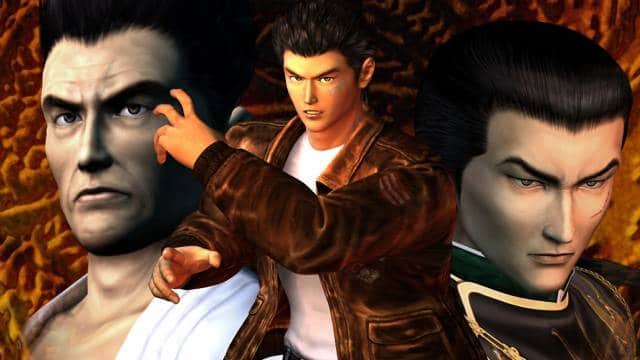The philosophy behind Shenmue’s success
From Shenmue, a completely new philosophy emerged in creating role play. The typical footprint of this genre was revealed in an experience in which narration, gameplay and graphics (which for the time were stunning) contributed to immerse the player in a system that Yu Suzuki gave FREE (Full Reactive Eyes Entertainment).
The goal was to identify the player with Ryo, making him live his routines as well. In the game, the night-time cycle with variable time and different climatic conditions was implemented, as well as a fair number of non-play characters who had their own commitments in virtual life. Ryo must investigate the mysterious circumstances that led to his father’s assassination, find out who Lan-Di is and for what reason the mirrors are so large enough to kill for the sake of imposing them.
The player is left a huge freedom of approach both in the ways and in the times of resolving the matter, and many today claim, under these freedoms, that Shenmue is one of the titles that has contributed more to the creation of the concept of open world.
Open World and Sandbox are not synonymous
Open World is a concept that is often misunderstood. Erroneously considered a videogame genre, the term seems to be for many a synonym for free roaming and sandbox.
Nothing more wrong. If free roaming can be seen as a necessary condition for a sandbox and open world concept, a game can be sandbox without necessarily open world and vice versa. With sandbox, it identifies the ability of the player to change game elements freely, even the same game world (think of titles like Minecraft or Terraria) while the concept of open world identifies an experience where the player can move freely within the virtual world and choose how and when to face challenges, missions, goals. It is undeniable, then,
Curious that in relation to the development of the third chapter of this saga, which has been announced as a major pump, one of Kickstarter’s most media-driven campaigns in video game history during the E3 of 2015, Suzuki has recently declared that without the partnership between Ys Net and Deep Silver publisher would have been unable to secure an open world structure in Shenmue III. Expectations, at this point, stand up considerably.
Likewise, skepticism is on the net by fans who have been waiting for this game for more than 15 years. Skepticism due to the fact that the concept of open world has changed considerably in recent years so much to be almost repellent for many players.
When talking about open worlds, many minds travel straight to the panoramic points to unlock infinite secondary missions on endless maps created as a filler to increase the total number of hours, peculiarities that distinguish different Ubisoft productions.
The French software house has paid in the first place the consequences of this approach with a noticeable drop in sales that has now become its flagship franchise and, from the last generation, also a bit of the open world paradigm: Assassin’s Creed.
After a few narratively unsuccessful chapters, but full of side effects, it seems that with Origins the narrative track is back in production, which probably counts a lot of secondary activities, perhaps more relevant to a unitary drawing that brings the player from the tutorial to the queue titles, satisfying it.
Of attempts that have created a worse situation there are also some recent ones not just Ubisoft, just think of Fallout 4. But there are also many successful attempts, from The Witcher III to the latest in The Legend of Zelda: Breath of the Wild, at the recent Destiny 2.
The open world itself is not a problem, nor is it a solution. Open world is a concept that if applied coherently to any kind of game (the Forza Horizon series is an open world while being a car game) but above all to its narrative and gameplay dynamics, it can represent a remarkable added value compared to a more classical and linear experience. Not that the linearity time is over, otherwise Uncharted’s saga would not have the success it deservedly get.
The important thing is to try not to lose sight of the quality of production due to the amount of content, with the budget available. If this does not cover the estimated costs, it is better to sacrifice quantity rather than quality, and this is precisely why, perhaps, which Suzuki has repeatedly hesitated on the open world issue.
The fact that you now officially make it through the partnership with Deep Silver is therefore an extremely positive factor: a big shoulder publisher will be able to cover with a larger budget the costs of creating a vast, alive and pulsating Shenmue III, without sacrificing the overall quality of the game.

